Contents
Top Five Common Squash Mistakes
[Updated on 1 January 2024] Always losing to your friends and buddies? Can’t figure out what’s wrong? Well here are some of the most common mistakes in squash. This article is more geared to the non-experts (and hence doesn’t have any confusing terminology) but could still be very useful for the advanced players too.
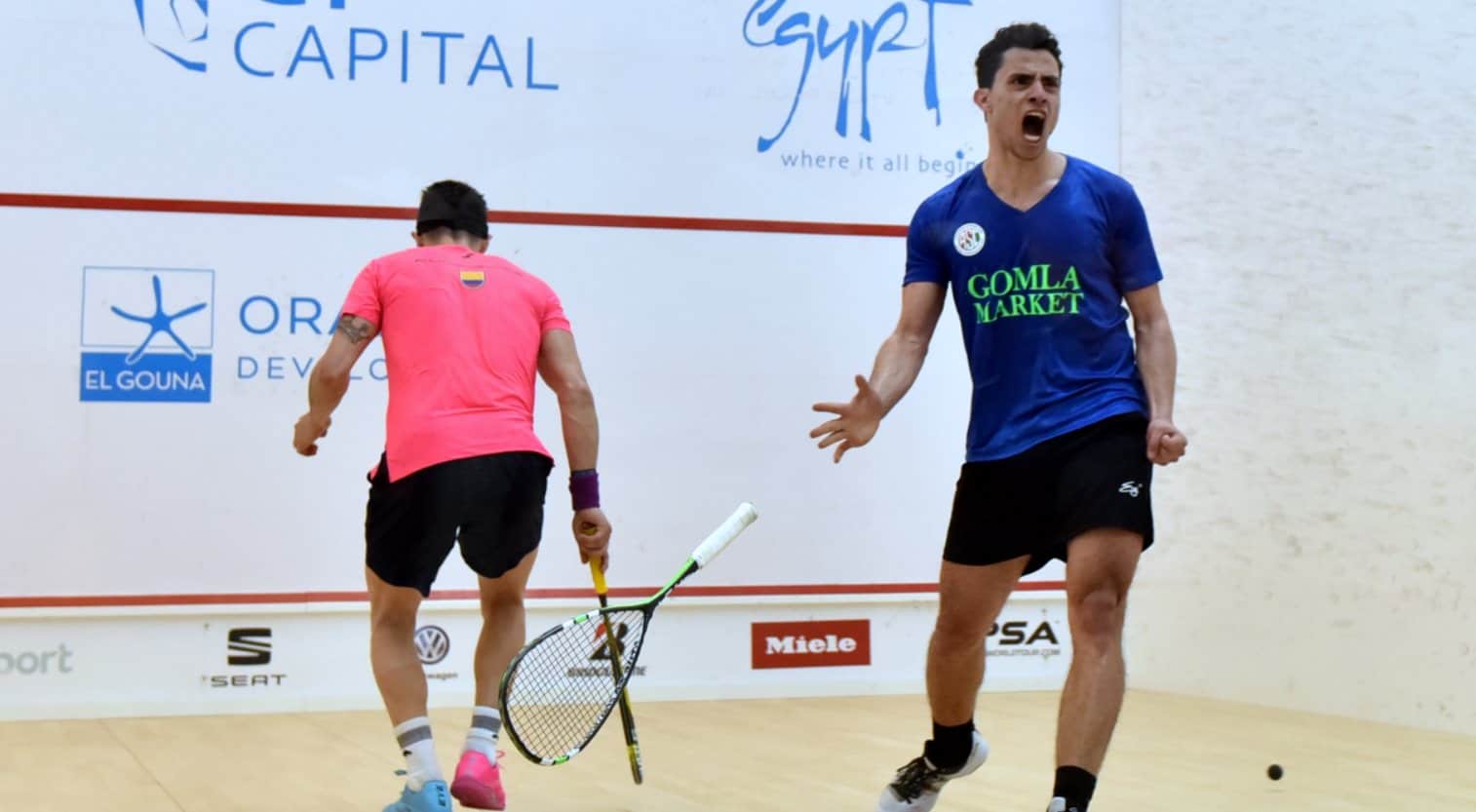
When we first start playing the game, we do not intentionally try to make mistakes in our squash game. But we are human and it happens to all of us. Even professionals after their matches still get coaching on the areas that they can improve.
What follows are the common squash mistakes we see players continually make.
Squash Mistake #1 – Always hitting the ball hard
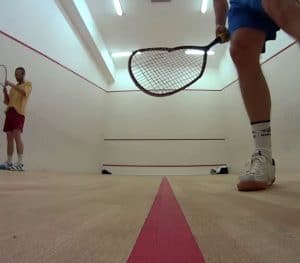
In sports there is a common message. Strength equals success. Think of those buff people you see at the gym. In a tournament would you rather play muscle monster, or someone who is skin and bones?
If you don’t have those big muscles sometimes people will doubt or even attack your athletic ability. Unfortunately, this is just another wrong stereotype. There is so much more to sports than just strength; squash is no exception.
In squash, strength is just an advantage, a tool, one of the many you can obtain and use in your quest for victory. So building on that, when you play squash, don’t always hit the ball as hard as you can, it’s just not worth it. To make a hard shot one requires more time (mainly because of the greater wind-up) and that’s not using your quickness tool and forcing your opponent to use their reaction tool.
Smashes are usually pretty simple. The ball gets the maximum amount of energy and tries to go as far as possible; its travel path and landing spot for the most part determined solely by energy. Wouldn’t you want a bit more control than that? Just drop a shot here or there or make a solid shot to send the ball back.
Basically, plan (using that strategy tool of yours) where the ball drops to make your opponent run. And just to clarify, I’m not saying you should never use the heat, just don’t expect to win a game by trying to blow the ball past your opponents all the time.
Squash Mistake #2 – Using the same serve
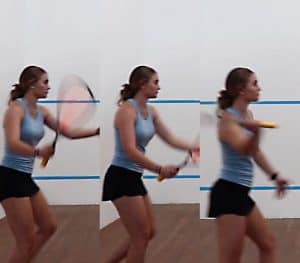
This might seem as an obvious mistake to some, but it’s highly tempting to beginners. As a beginner, perhaps you have just mastered a serve after hours of practice. You start to get confident with it. It becomes your pride and joy. You start to consider the other inferior serves as a liability and begin to forget about them. This is a big mistake.
Much like I mentioned strength, quickness, reaction, etc as individual tools that you’ll need, your serves are tools too. You use only one; you throw out the rest. You might be saying “I only know the underhand serve, I keep missing with the rest” and I understand. But with the underhand you can do plenty of different serves.
Changing the speed and changing the landing spots are some basic adjusting examples you can do. Send the ball deep the first time, and then send it short… Keep your opponent thinking (yes that’s an important tool here as well).
Squash Mistake #3 – Obsession with Aces
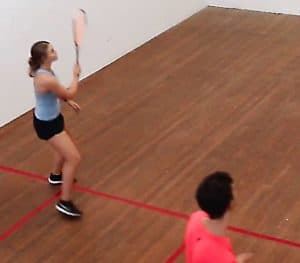
This is a combination of the first and second point, but I think it’s really important for me to mention it as I see it happen all the time. I see it in games against anxious beginners who think stronger is more or experienced players who want to “up” their game and give it all they got. Unfortunately, this is a bad category to invest in, even if you’re desperate.
Squash is similar to tennis, but it’s not tennis. So don’t expect to get aces all the time. In fact, against good opponents, aces shouldn’t happen at all. The point of the serve is not to win the rally in one move, but to give you control from early on by putting yourself in a good position. Serve with accuracy and control not super-power and super-strength.
Squash Mistake #4 – Not running to the ‘T’
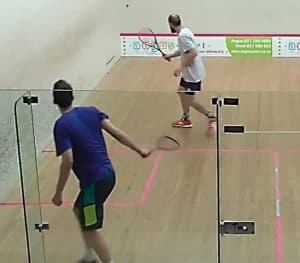
Usually this problem is present among the new players, but also in tired experienced players. Running to the ‘T’ after making contact is one of the most important positional pieces of advice I can give.
Some people like to stand a little bit in front or a little bit behind the ‘T’ and that can be acceptable if it works out for you. As long as you have a prepared reset point to which you will consistently go after your return.
Failure in doing this provides a juicy opportunity for your opponent. If you’re too close to the front wall, they will send the ball deep, too far from the front wall, they drop it short. Even if you manage to get there in time to make the return, you might be slightly out of position and like a downward spiral you’ll be more and more out of position until you lose the rally.
Squash Mistake #5 – Sending winners after winners
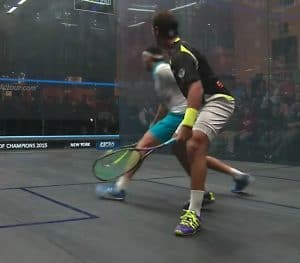
This one sort of incorporates a little from the previous four. The idea of squash is to keep getting yourself in a better position while getting your opponent in a worse position. This goes beyond the current rally, the worse the position your opponent is in more tired they will be after it; the better your position will be the less tired you will be. Trying to cheat and always end it fast is silly. This strategy also becomes very predictable and somewhat motivating for your opponent because it starts to look like you are anxious to finish rally fast.
Squash Mistakes Conclusion and Video
The common idea of all these (that probably deserves a point of its own) is to have a strategy. Use the tools you need as much as you need them. Cut of the randomness out of your game. Ditto with the automatic moves like aces every serve. If you’re doing something you better have a good reason for it.

Leave a Reply